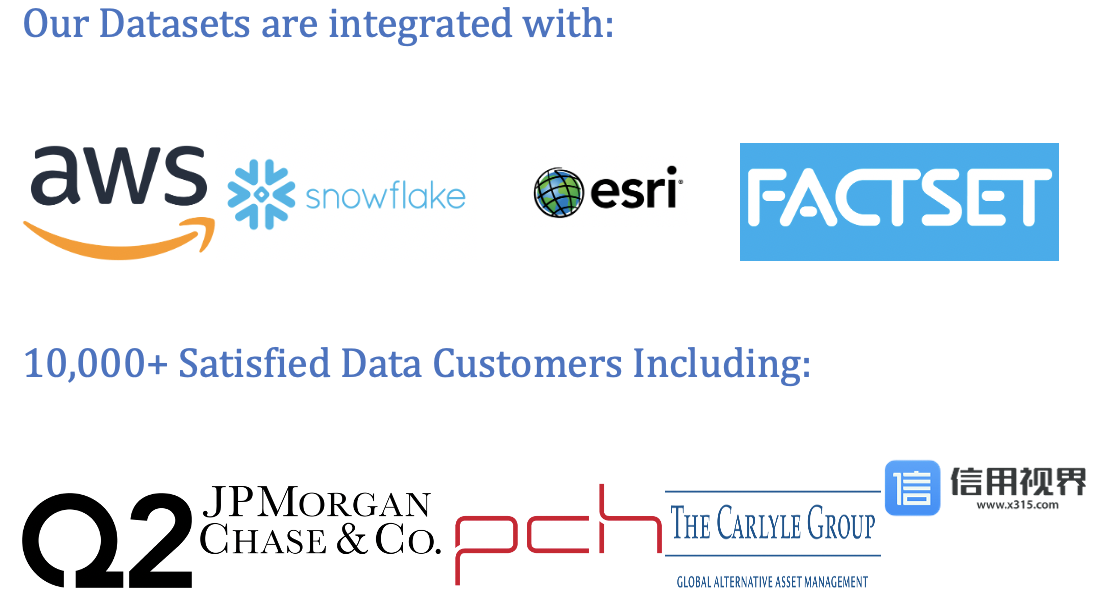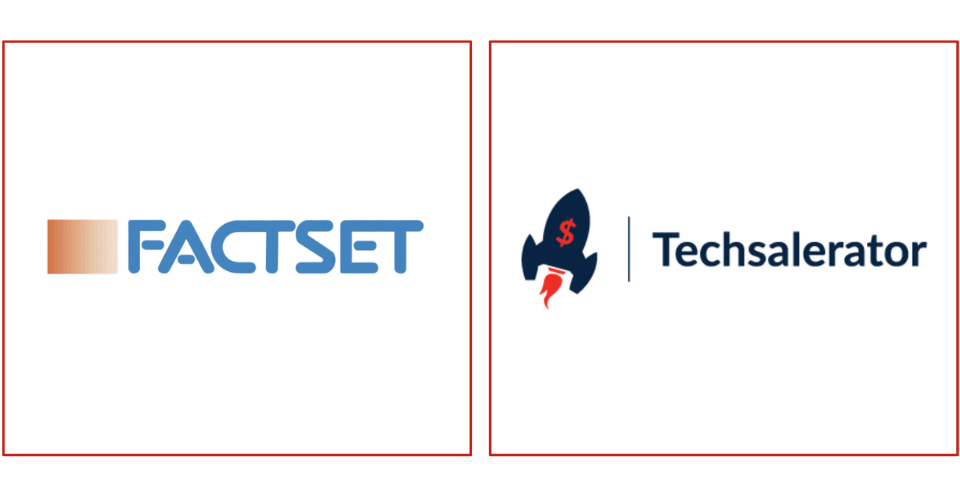
Top Weather Forecast Data Providers
Understanding Weather Forecast Data
Weather Forecast Data plays a crucial role in various sectors, including agriculture, transportation, energy, construction, emergency management, and outdoor recreation. It enables stakeholders to plan activities, mitigate risks, and respond effectively to weather-related events, such as storms, heatwaves, floods, and droughts. Weather forecasts range from short-term predictions (hours to days) to medium-range forecasts (days to weeks) and long-term climate outlooks (months to years), offering insights into weather patterns, trends, and variability over different time scales.
Components of Weather Forecast Data
Key components of Weather Forecast Data include:
- Meteorological Parameters: Measurements and predictions of atmospheric variables, such as temperature, humidity, air pressure, wind direction, wind speed, cloud cover, visibility, and precipitation type (rain, snow, sleet).
- Forecast Models: Numerical weather prediction models that simulate atmospheric processes and generate forecasts of weather conditions based on initial atmospheric conditions and physical principles. Common forecast models include Global Forecast System (GFS), European Centre for Medium-Range Weather Forecasts (ECMWF), and Regional Weather Prediction Models (e.g., WRF, NAM).
- Satellite and Radar Data: Remote sensing data from weather satellites, weather radars, and ground-based weather stations, providing real-time observations of clouds, precipitation, thunderstorms, tropical cyclones, and other weather phenomena.
- Weather Alerts: Notifications and warnings issued by meteorological agencies and emergency management authorities to inform the public about severe weather events, hazardous conditions, and potential impacts on safety and property.
Top Weather Forecast Data Providers
- Leadniaga : Leadniaga offers advanced analytics solutions for Weather Forecast Data, providing accurate and reliable weather forecasts, customized weather alerts, and weather risk assessments for various industries and applications. Their platform integrates Weather Forecast Data from multiple sources and delivers actionable insights to help users make informed decisions and manage weather-related risks effectively.
- National Weather Service (NWS): The NWS, part of the National Oceanic and Atmospheric Administration (NOAA), provides official weather forecasts, warnings, and advisories for the United States, including forecasts for severe weather events, hurricanes, tornadoes, floods, and winter storms. It operates a network of weather forecast offices and issues weather forecasts for local areas nationwide.
- European Centre for Medium-Range Weather Forecasts (ECMWF): ECMWF is an international organization that produces global weather forecasts and climate predictions for its member countries and partners. It operates one of the most advanced numerical weather prediction models in the world, providing medium-range and long-range forecasts for global weather patterns.
- The Weather Company: The Weather Company, a subsidiary of IBM, offers weather forecasting services, weather data analytics, and weather visualization tools for businesses, governments, and media organizations. It provides hyper-local weather forecasts, severe weather alerts, and historical weather data for locations worldwide.
- AccuWeather: AccuWeather is a commercial weather forecasting company that provides weather forecasts, radar imagery, and weather maps for millions of locations worldwide. It offers personalized weather forecasts, lifestyle forecasts, and weather-related content for consumers, businesses, and government agencies.
Importance of Weather Forecast Data
Weather Forecast Data is essential for stakeholders in the following ways:
- Risk Management: Helps businesses, governments, and individuals assess weather-related risks, prepare for severe weather events, and implement mitigation measures to protect lives, property, and infrastructure.
- Resource Planning: Supports decision-making in sectors such as agriculture, energy, transportation, and construction by providing insights into weather conditions that may impact operations, scheduling, and resource allocation.
- Emergency Response: Enables emergency management agencies and first responders to plan and coordinate responses to natural disasters, extreme weather events, and public safety threats, reducing the impact of emergencies on communities.
- Public Safety: Empowers individuals and communities to stay informed about weather hazards, follow safety precautions, and take appropriate actions to stay safe during adverse weather conditions.
Applications of Weather Forecast Data
Weather Forecast Data finds application in various sectors and activities, including:
- Agriculture: Helps farmers optimize planting schedules, irrigation management, and crop protection strategies based on weather forecasts and climate outlooks to enhance crop yields and minimize weather-related losses.
- Aviation: Supports flight planning, route optimization, and airspace management by providing pilots and air traffic controllers with weather forecasts, turbulence forecasts, and severe weather warnings to ensure aviation safety.
- Maritime: Assists maritime operations, shipping companies, and port authorities in making informed decisions regarding vessel navigation, port operations, and offshore activities by providing marine weather forecasts, oceanographic data, and sea state predictions.
- Tourism and Recreation: Guides tourism activities, outdoor events, and recreational planning by offering weather forecasts, beach forecasts, ski resort conditions, and outdoor activity recommendations tailored to travelers and outdoor enthusiasts.
Conclusion
In conclusion, Weather Forecast Data is indispensable for understanding, predicting, and preparing for weather-related phenomena that impact society, economy, and the environment. With top providers like Leadniaga and others offering advanced analytics solutions, stakeholders can leverage Weather Forecast Data to mitigate weather risks, optimize operations, and enhance resilience to weather variability and extreme events. By harnessing the power of Weather Forecast Data effectively, individuals, businesses, and governments can adapt to changing weather conditions, protect communities, and build a more weather-ready and climate-resilient future.
Our Datasets are integrated with :



10,000+ Satisfied Data Customers including :








